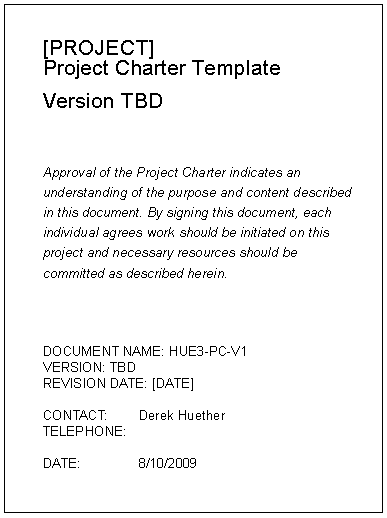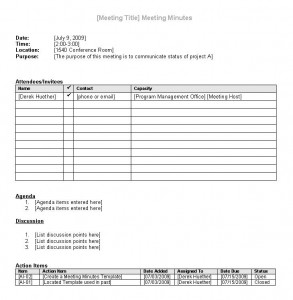The PMBoK 4th Edition offers several risk related definitions. I saw a trend that was very similar to the Kübler-Ross model, commonly known as the five stages of grief. The following are a few actual risk related definitions from the PMBoK. I hope you find them useful.
PMBoK 4th Edition
Risk - An uncertain event or condition that, if it occurs, has a positive or negative effect on a project's objectives.
Risk Avoidance - A risk response planning technique for a threat that creates changes to the project management plan that are meant to either eliminate the risk or to protect the project objectives from its impact.
Risk Mitigation - A risk response planning technique associated with threats that seeks to reduce the probability of occurrence or impact of a risk to below an acceptable threshold.
Risk Tolerance - The degree, amount, or volume of risk that an organization or individual with withstand.
Risk Transference - A risk response planning technique that shifts the impact of a threat to a third party, together with ownership of the response.
Risk Acceptance - A risk response planning technique that indicates that the project team has decided not to change the project management plan to deal with a risk, or is unable to identify any other suitable response strategy.
Kübler-Ross model
Denial
Anger
Bargaining
Depression
Acceptance
Image Source: Pictofigo







 Though I haven't uploaded any new templates today, I did fix some broken links. Thank you PJ for bringing it to my attention. The
Though I haven't uploaded any new templates today, I did fix some broken links. Thank you PJ for bringing it to my attention. The 




